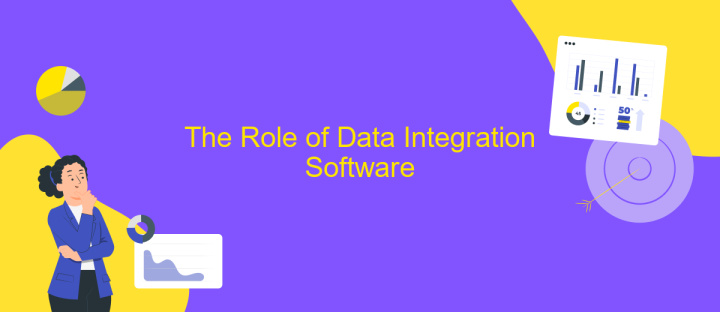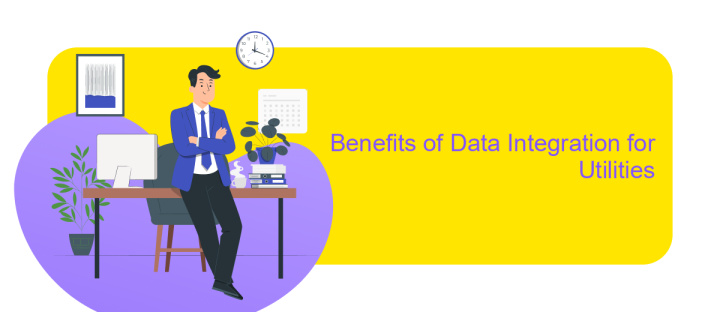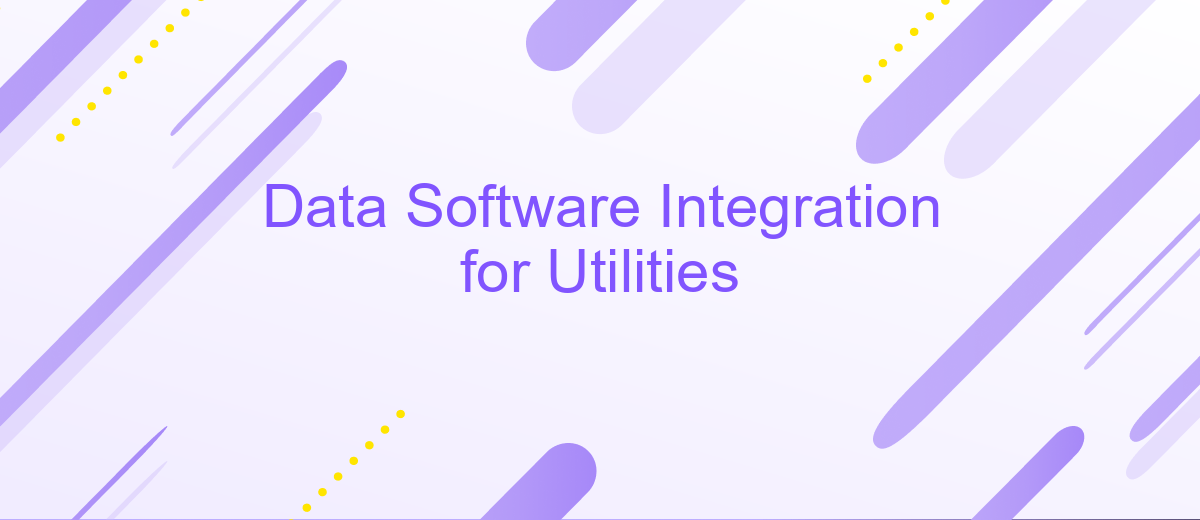Data Software Integration for Utilities
In today's rapidly evolving technological landscape, data software integration has become essential for utility companies seeking to enhance operational efficiency and decision-making processes. By seamlessly merging disparate data sources, utilities can achieve a unified view of their operations, enabling real-time insights and improved customer service. This article explores the critical role of data software integration in transforming the utility sector and driving sustainable growth.
The Data Landscape in Utilities
In the utilities sector, data plays a pivotal role in driving operational efficiency, enhancing customer service, and ensuring regulatory compliance. The vast amount of data generated from various sources such as smart meters, grid sensors, and customer interactions provides valuable insights for decision-making and strategic planning.
- Smart Meter Data: Provides real-time consumption patterns and helps in demand forecasting.
- Grid Sensor Data: Monitors the health of the infrastructure and detects anomalies.
- Customer Interaction Data: Enhances customer service through personalized experiences.
- Regulatory Data: Ensures compliance with industry standards and regulations.
By effectively integrating and analyzing these diverse data sources, utilities can optimize their operations, reduce costs, and improve service reliability. The challenge lies in managing the sheer volume and variety of data, but with advanced data integration solutions, utilities can turn this data into actionable insights, driving innovation and sustainability in the industry.
Challenges in Data Integration

Data integration in the utilities sector presents numerous challenges that can hinder seamless operations and decision-making. One of the primary issues is the diversity of data sources, including legacy systems, IoT devices, and third-party applications. These disparate systems often use different data formats and protocols, making it difficult to consolidate information into a unified platform. Additionally, ensuring data quality and consistency across these varied sources requires robust validation and cleansing processes, which can be both time-consuming and resource-intensive.
Another significant challenge is the real-time processing of data. Utilities need to make prompt decisions based on real-time data to manage resources efficiently and respond to emergencies. Integrating real-time data streams with existing systems demands advanced technology and expertise. Services like ApiX-Drive can help by providing automated workflows and seamless integration between various platforms, reducing the manual effort involved. However, the implementation of such solutions requires careful planning and continuous monitoring to ensure they meet the evolving needs of the utility sector.
The Role of Data Integration Software

Data integration software plays a pivotal role in modern utilities by seamlessly merging data from various sources into a unified, accessible system. This integration is essential for utilities to streamline operations, improve decision-making, and enhance customer service. By consolidating data, utilities can gain comprehensive insights, enabling them to respond more effectively to challenges and opportunities.
- Data Consolidation: Aggregates data from multiple sources to provide a single, coherent view.
- Improved Analytics: Enhances the ability to perform advanced analytics and generate actionable insights.
- Operational Efficiency: Streamlines workflows and reduces redundancy, leading to cost savings.
- Enhanced Customer Service: Provides a holistic view of customer data, improving service delivery and satisfaction.
- Regulatory Compliance: Ensures data is managed in accordance with industry regulations and standards.
In summary, data integration software is indispensable for utilities aiming to harness the full potential of their data. By facilitating seamless data flow and accessibility, it empowers utilities to operate more efficiently, make informed decisions, and deliver superior service to their customers. This strategic advantage is crucial in an increasingly data-driven industry.
Benefits of Data Integration for Utilities

Data integration in the utility sector offers significant advantages by streamlining operations and enhancing decision-making processes. By consolidating data from various sources, utilities can achieve a unified view of their operations, leading to improved efficiency and reduced costs.
One of the primary benefits of data integration is the ability to perform advanced analytics. This enables utilities to predict maintenance needs, optimize resource allocation, and enhance customer service. Additionally, integrated data systems can facilitate regulatory compliance by providing accurate and timely reporting.
- Improved operational efficiency
- Enhanced decision-making capabilities
- Cost reduction through optimized resource management
- Better customer service
- Facilitated regulatory compliance
Ultimately, data integration transforms how utilities operate, allowing them to leverage data for strategic advantages. This leads to more sustainable practices, increased reliability, and a stronger competitive position in the market.
Case Studies and Best Practices
One notable case study involves a major utility company that successfully integrated their data systems using ApiX-Drive. By leveraging ApiX-Drive's advanced automation capabilities, the company was able to seamlessly connect their CRM, billing, and monitoring systems. This integration not only streamlined their operations but also enhanced data accuracy and accessibility, leading to improved customer service and operational efficiency.
Another best practice comes from a regional utility provider that utilized ApiX-Drive to automate data flow between their legacy systems and modern applications. By doing so, they eliminated manual data entry errors and reduced the time spent on routine tasks. The integration allowed for real-time data updates, enabling the company to make informed decisions swiftly. These examples highlight the importance of choosing the right integration tools, such as ApiX-Drive, to optimize data management and operational workflows in the utilities sector.
FAQ
What is Data Software Integration for Utilities?
Why is Data Software Integration important for utility companies?
How can utility companies benefit from automated data integration?
What challenges do utility companies face when integrating data software?
What tools can utility companies use for data integration and automation?
Routine tasks take a lot of time from employees? Do they burn out, do not have enough working day for the main duties and important things? Do you understand that the only way out of this situation in modern realities is automation? Try Apix-Drive for free and make sure that the online connector in 5 minutes of setting up integration will remove a significant part of the routine from your life and free up time for you and your employees.

